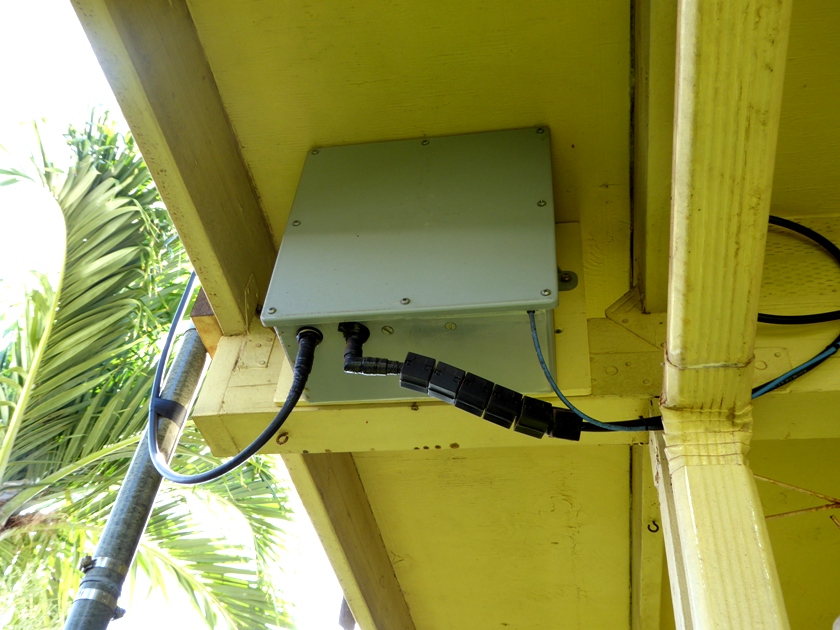

In practice no transmission line is lossless but so long as the losses are reasonable there is little or no practical performance difference.Ī coax doesn't magically make a multi-band antenna into a single band antenna and all real world antennas are compromises. A tuner at either end of a lossless transmission line will perform identically. You also don't have to make sure your auto-tuner is weatherproofed if it's by your rig, and you can see visually how well it's tuned. And that comes back around to using a tuner at the radio to fix problems downstream where coax is being pushed beyond where it should be used. But it is convenient and doesn't change properties in the rain and it works fine for feeding many types of antennas if you don't operate things beyond their limits. With coax you loose the ability to run multiband with a simple dipole and have to be aware of high VSWR and associated coax losses. Unfortunately balanced line takes some special care getting it from the antenna into the shack and away from any metal, so coax has become the preferred feedline over the years. Antennas like these don't even have to be resonant to radiate well and you can run many if not all HF bands with one antenna fed with balanced line to a balanced tuner with virtually no loss. In these cases a balanced feedline all the way to a tuner near the radio was not a problem because the balanced line has very low loss and it doesn't matter if you have a 10:1 or worse VSWR between the antenna, feedline and radio, everything just works and works well.īalanced tuners were also more common and a lot of amateurs used the classic 135ft dipole fed with balanced line, or end fed Zepp antennas fed with balanced line and so on.
REMOTE ANTENNA TUNER REVIEWS TV
In earlier times amateurs used more balanced feedlines like 450 or 600 ohm ladder line, 300 ohm TV twinlead, etc. If you look at components in an LDG tuner they come nowhere near the ratings of tuners intended to tune whips or random wires that might end up a resonant 1/2 wavelength and can reach several thousand volts at the feedpoint even with only 100W. In these tuners or couplers you will find components like capacitors rated for 5kV or more to handle extreme voltages with some antennas. Even though these line flatteners like a typical LDG tuner will tune up to 10:1, its not good to operate under those conditions with long runs of coax.Ī tuner or coupler intended to be right at the antenna feedpoint is a little different animal than a typical LDG and couplers made by SGC or the Icom AH-4 and similar cover a very wide range and are intended to tune a whip or dipole over the entire HF range without any problems. If you simply connect 100ft of coax to the same antenna and use a tuner in the shack it might provide a good match to the radio but you could loose 75% or more of the signal you send and receive on the 43ft vertical.Ī tuner at the radio is generally referred to as a "line flattener" and intended to fix minor VSWR fluctuations, or to allow operation over a slightly wider frequency range of a resonant antenna. If you measure a length of coax under these conditions it may have a fraction of a dB of loss at HF frequencies but into a 10:1 or worse match like you will encounter with a G5RV or many other antennas, the feedline loss can now be 6dB or more for the same coax that had a fraction of a dB loss otherwise.įor some antennas its very important to put the tuner or coupler right at the antenna like a non resonant 43ft vertical over a ground plane. If you look up the advertised loss for any particular coax it will be under a perfect matched condition with a 50 ohm source and 50 ohm load.


 0 kommentar(er)
0 kommentar(er)
